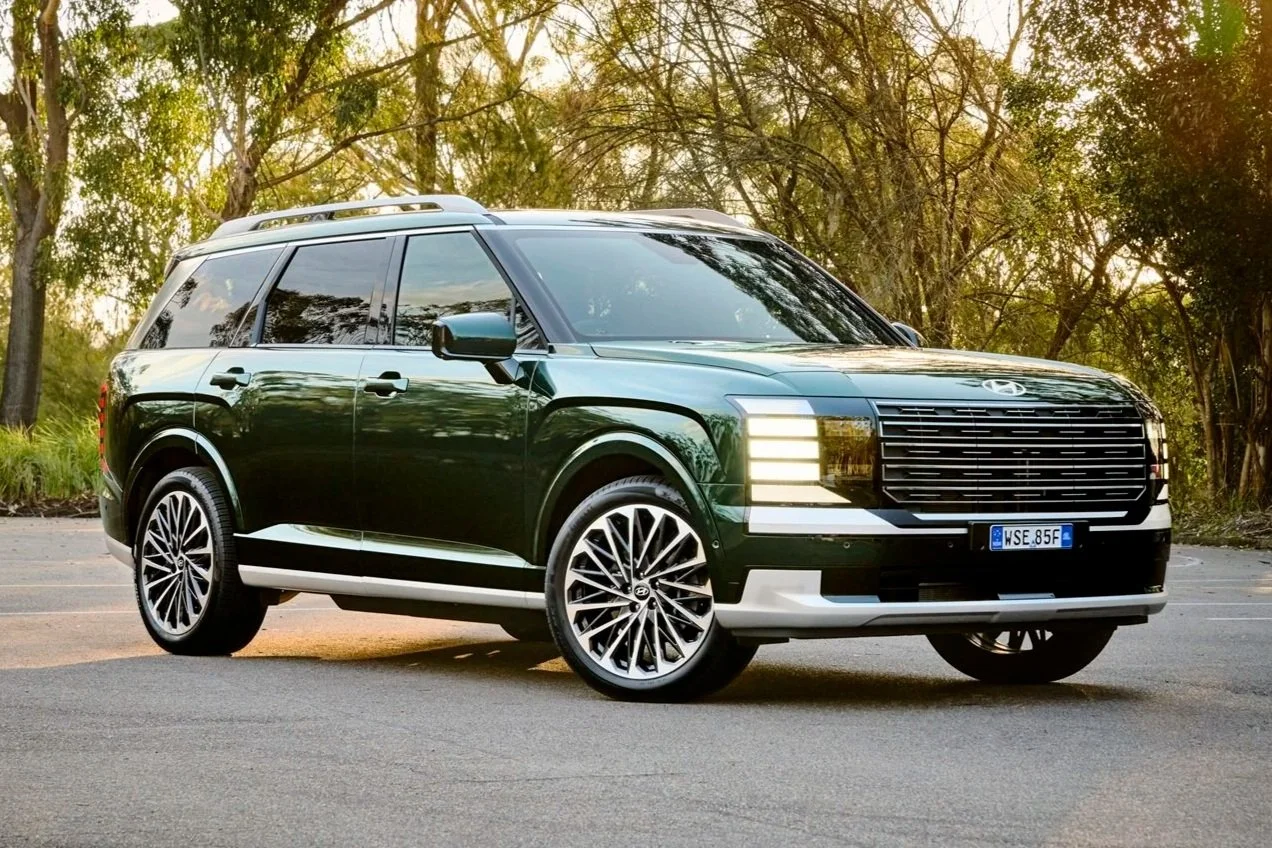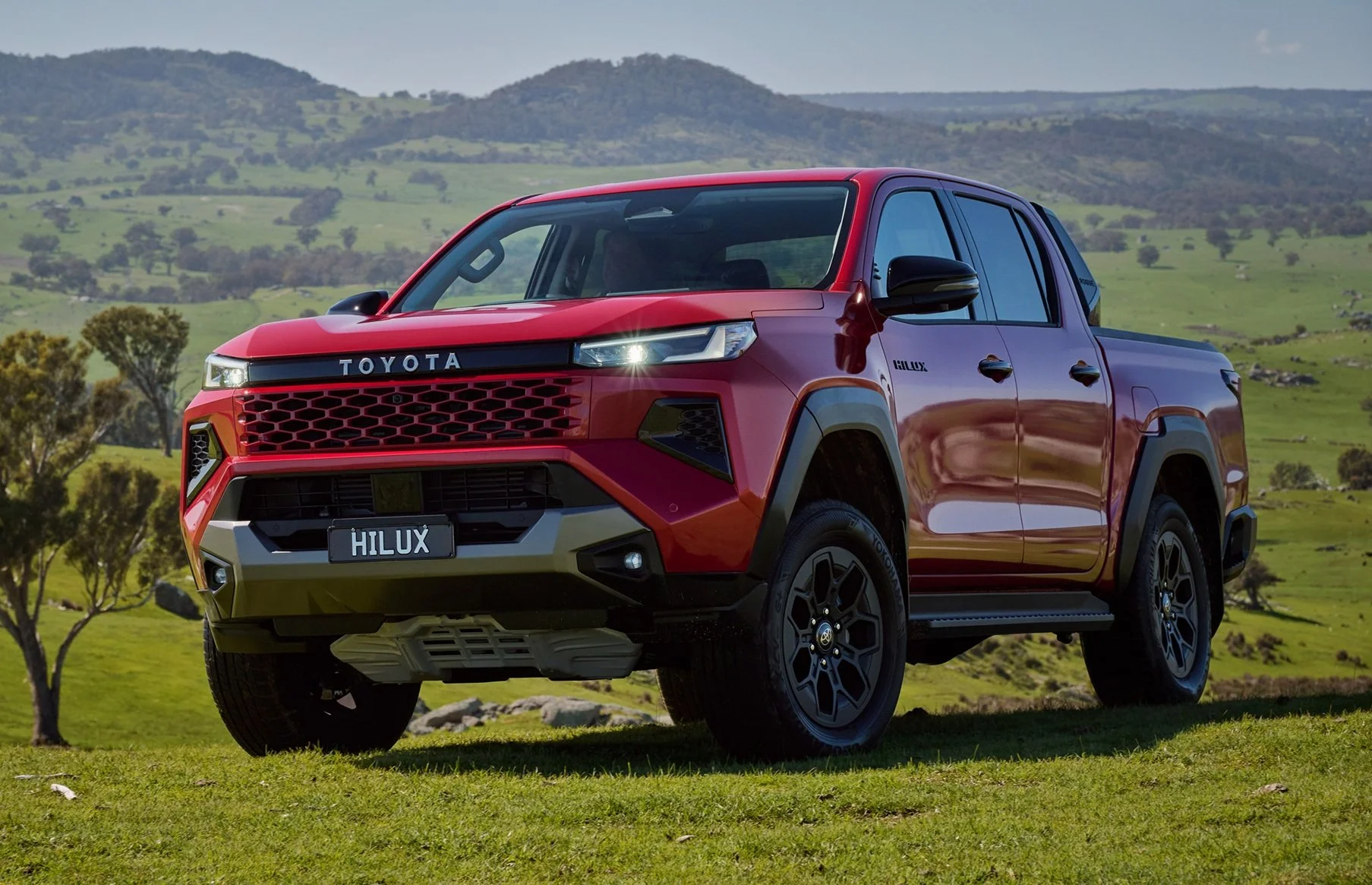Build date Vs model year (MY) Vs compliance date and 1st rego: How old is your car?
How can a 2017, 2018 or 2019 car also be a 2020 model? How can this bite you on the arse at trade-in time? Let’s crack the kooky code of the car-making calendar
Here’s the question du jour:
“New cars have a build date and a compliance plate. If a car has an August 2019 build date and the same year for compliance, how can it be a 2020 Model? My daughter is buying a car and it is supposed to be a 2020 model but both plates are showing 2019. Your help please.” - Daryl
There are four dates: the build date (which is self-explanatory - that’s when your car rolls off the production line) plus the compliance date (when the compliance plate goes on) the Model Year (or MY) and the first registration date.
Compliance
Compliance date - that really just tells you which version of the regulations the car complies with. There’s all these compliance standards for everything from emissions to the placement of headlamps and tail lights. We call them ADRs (Australian Design Rules).
These days, ADRs are really just cut-and-paste Retardistani or Eurotrash regulations (called FMVSSs or UN ECE regulations, respectively). There might be the odd exception, but the regulations are essentially globally homogenised to reduce compliance cost in particular markets.
Compliance regulations evolve over time, so the compliance plate basically draws a line in the sand and says ‘here’s the time stamp for regulatory compliance for this vehicle’. Compliance date really doesn’t matter much to owners.
Model Year
Then there’s Model Year - which does a lot of people’s heads in. This concept of Model Year was invented by the Retardistanis, which explains a lot. So, in general, a MY20 (2020 model year) cars start getting built in the fourth quarter of 2019.
It’s completely arbitrary. MY19 cars can be identical to MY20, or there might be a refresh, or a minor spec upgrade with 2020, or MY20 could herald the introduction of an all-new vehicle. Often, there’s no change.
Historically, the fourth quarter adoption of the following model year was to give sufficient lead time to things like TV advertising. This was in, like, the 1950s, when things took time - before the world got hooked on crack and because the delight we experience daily.
More on Model Year at Wikipedia >>
1st Rego
And then there’s first registration date - which is when you buy the car. Pretty simple. (Unless it’s a demonstrator, in which case it’s when the dealership first registered the car.)
How this works
So, right now, in October 2019 you can be looking at an MY20 car built in August 2019. Then it gets on a boat and has a charming South Pacific cruise for six weeks, lands here in Shitsville like James Cook, and gets complianced in October or November.
Then it gets on a truck, and the cling wrap comes off, it loiters with intent at a dealership holding yard, before getting its hair and makeup primped for you to collect in January, or something.
Risk management - trade-in time
Here’s where you need to look out, and protect yourself. At trade-in time, the dealer is likely to use the build date to talk you down on price. If he gets this bullshit proposition across the line, and you buy it, he adds another year’s worth of depreciation to the trade-in equation and guts you just a little bit harder.
Then he details the car and sells it as a 2020 model. Because … hey, there’s a body of evidence in support of the thesis that car dealers are just immoral cocks.
Just be firm: ‘Mate - it’s a 2020 model. Don’t play these games. It’s eroding your credibility. Do you want me to take my business elsewhere?’ Be like that.
It’s essential to be a polite, firm arsehole when you negotiate. It’s a lofty aspiration and most satisfying indeed when you pull it off.
Use-by date?
Right at the moment there’s a potential minefield out there. Holden, for example, has thousands of cars on ice, essentially rotting away in paddocks because nobody wants them. I’m sure you can buy an allegedly brand new 2017 model if you look hard enough.
Volkswagen is defecating in its trousers right now, too, because they have a surplus of unsold 2018 Touaregs on hand - so you’ll get a discount there if you achieve ‘polite arsehole’ negotiator status.
But on these old ‘brand new’ shitheaps, the problem is: trade-in. What’s the benefit of saving five grand up front if the trade-in costs you an additional $5k in depreciation? You would have been better off in a brand new, brand new car.
The point I’m making is that the discount up front one one of these ageing surplus shitheaps would want to be truly exceptional - otherwise it’s going to bite you on the arse when you upgrade.
If you’d like to support more independent consumer-empowering reports like this, you can donate via this secure link, using PayPal >>














The Mitsubishi Outlander is an excellent-value seven-seat family vehicle with plenty of features and capability. It looks modern and tough, but you need to know if it’s going to be good enough compared with other medium SUVs.